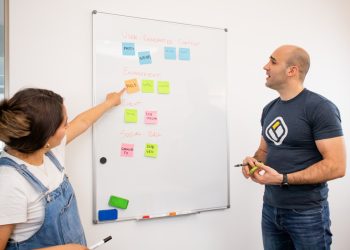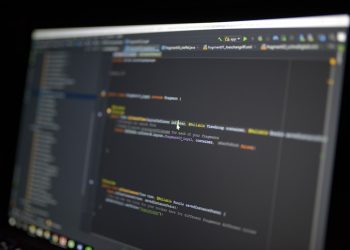No products in the cart.
The New Age of Manufacturing: AI’s Role in Reshaping the Industry
AI is transforming the manufacturing sector, enhancing efficiency and creating new opportunities for collaboration between humans and machines.
The hum of machines and the rhythmic clanking of metal are sounds deeply ingrained in the narrative of manufacturing. But as we step into a new era, those sounds are increasingly accompanied by the quiet whir of artificial intelligence. Welcome to the future of manufacturing, where AI not only automates but collaborates. This transformation is not just about efficiency; it’s about redefining the workforce and reshaping the landscape of skills needed for tomorrow.
Historically, manufacturing has been a bastion of industrial labor, where human hands shaped products from raw materials. The advent of automation brought about a seismic shift, replacing many manual tasks with machines. But now, we stand at the precipice of a new revolution: one where AI systems are not merely tools but partners in the production process. From predictive maintenance that prevents costly downtimes to intelligent robotics that adapt to changing environments, AI is redefining what it means to work in a factory.

Consider the story of a mid-sized automotive parts manufacturer in Detroit. Facing fierce competition and rising costs, they decided to integrate AI into their operations. Within months, they implemented a predictive maintenance system that analyzed data from machinery, predicting failures before they occurred. This drastically reduced downtime and saved the company over $200,000 annually. But the real win was not just in the dollars saved; it was in the human element. Workers were trained to work alongside AI, learning to interpret data and make decisions that enhance production quality.
As AI technology becomes more sophisticated, the conversation around labor shifts. The World Economic Forum predicts that by 2025, machines will handle more than 85 million jobs currently performed by humans, but they will also create 97 million new roles that require a different set of skills[1]. This paradox is at the heart of the current discourse on AI in manufacturing. While fear of job loss looms large, the reality is that AI is creating opportunities for workers to evolve rather than disappear.
Workers were trained to work alongside AI, learning to interpret data and make decisions that enhance production quality.
Moreover, the integration of AI in manufacturing extends beyond just operational efficiency. It also invites a cultural shift within organizations. Just as the assembly line revolutionized production in the early 20th century, AI is redefining teamwork and collaboration. In this new paradigm, human workers are not simply overseers of machines but are integral to the decision-making process. They bring creativity, intuition, and emotional intelligence—qualities that machines cannot replicate. In this sense, AI complements rather than replaces human labor.
Yet, the transition is fraught with challenges. A report from McKinsey highlights that a significant proportion of the workforce lacks the necessary skills to thrive in an AI-enhanced environment[2]. Companies are now faced with the dual challenge of integrating new technology while simultaneously upskilling their employees. This is where educational institutions and vocational training programs come into play. They must adapt their curricula to equip the workforce with skills like data analysis, machine learning basics, and collaborative problem-solving.
The importance of adaptability cannot be overstated. For instance, a recent initiative in Germany, known as Industry 4.0, is focused on reskilling workers for a digital future. It emphasizes the need for continuous learning and flexibility, encouraging a culture where employees can grow alongside technological advancements[3]. This approach not only prepares the workforce for the challenges of today but also fosters an environment of innovation and resilience.
Looking ahead, the landscape of manufacturing will undeniably continue to evolve. As AI technologies mature, they will likely foster deeper collaboration between humans and machines. Imagine a factory floor where workers and AI-driven robots communicate seamlessly, sharing insights and improving processes in real-time. This vision is not merely aspirational; it is increasingly becoming a reality as companies invest in AI-driven solutions and the training of their workforce.
In this brave new world, the narrative of manufacturing is not one of machines replacing humans but rather one of partnership. The factory of the future will demand a workforce that is not only skilled in traditional manufacturing practices but also adept at leveraging technology to enhance productivity and creativity. As we navigate this transformative landscape, it is essential to embrace a mindset of lifelong learning, adaptability, and collaboration.
They must adapt their curricula to equip the workforce with skills like data analysis, machine learning basics, and collaborative problem-solving.
For young professionals entering the workforce, this means seeking out opportunities that not only build technical skills but also foster creativity and critical thinking. Whether it’s through internships, online courses, or hands-on projects, engaging with AI and technology in meaningful ways will be crucial. The future of manufacturing is bright, and those who are prepared to embrace change will undoubtedly find themselves at the forefront of this exciting evolution.











